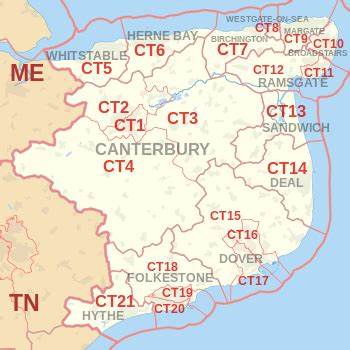
HOW TO FREEZE FISH
HOW TO FREEZE FISH The sunny weather may have arrived so it may be the perfect time to learn how to freeze fish. One way
HOW TO FREEZE FISH
The sunny weather may have arrived so it may be the perfect time to learn how to freeze fish.
One way to ensure you’re making the most of fish is to order plenty and freeze some.
If you freeze it right and defrost it correctly, you will find it difficult to tell the difference on the plate. Yes, I know it’s best eaten fresh, but by freezing your fish, you’re able to minimise the amount of orders your place and this includes home deliveries.
Due to the current state of the fishing industry, we are also seeing a reduction in the number of deliveries of fish we – the fishmonger – is able to get each week, so we recommend you order all your week’s fish and freeze some of it, or even order a couple of week’s worth, to avoid disappointment.
Oily fish like salmon and trout freezes very well as does smoked fish, and can be kept in the freezer for up to three months.
More delicate white fish like sole also freezes well, but we’d suggest you keep it frozen for just a month.
Don’t take any notice of suggestions to freeze it in water. We find it makes the fish rather waterlogged when defrosted. Not nice!
We’d also not recommend wrapping it in clingfilm. This comes undone easily in the freezer, making the fish susceptible to freezer burn.
What works well is to put the fish in a ziplock freezer bag.
Get all the air out and seal – this will prevent freezer burn. And don’t forget to use an indelible marker pen to label it. You’ll be amazed how similar very different fish look when froze, so mark it with the type of fish and date you froze it.
If you’ve a whole fish, wash it in cold water and dry with a clean dry cloth or kitchen towel. Remove the head, guts and fins and remove the scales (run the back of a spoon from tail to head if you’ve not a descaler) but leave the skin on; it helps to protect the fish from drying out.
If you know you’ll want to cook the fish whole then fine freeze it whole, otherwise cut into portions before freezing – 3/4 inch steaks or fillets.
You can freeze each separately so you can pull them out of the freezer and defrost as you want them. If you have a large piece of fish like salmon or smoked haddock, you might also want to portion that out before freezing too.
Place it flat (to keep its shape) in the coldest part of the freezer – which is the lowest shelf (because cold air sinks). Use your fast freeze setting is you have one. The faster it freezes the better the taste and texture will be preserved.
Note, if you have a freezer with an ice-making compartment at the top, the coldest part will be at the top, so freeze your fish there.

Even if you’ve frozen it well, you can spoil the fish by defrosting it too quickly and the microwave is a definite no-no because it spoils the texture making the fish spongy and begin to cook the thinner parts.
You want the fish to defrost slowly to preserve the texture (and taste).
We recommend you defrost it in the fridge for 24-hours or overnight (it may take longer if it’s a large piece or whole fish). Leave it in the freezer bag but check it regularly and tip away any water that accumulates.
If you’ve forgotten to take it out of the freezer and it’s just a small piece, you can defrost the fish by holding it in cool running water – just a bit colder then room temperature. It takes a while and your fingers will get very cold, but it beats ruining it in the microwave any day!
While we wouldn’t recommend freezing cooked whole fish or fillets and steaks, there are dishes you can make and freeze such as curries, fish pies, soups and fish pates which all freeze well.
If that all sounds like hard work, then remember at Jenkins & Son we also supply frozen fish and ready-made heat-and-eat fish soups, shellfish bisques, fish curries and pies which can go straight into the freezer with no effort on your part!
Browse the full range in our online shop now by clicking here.
Updated 10th April, 2023
Read our most recent posts

HOW TO FREEZE FISH The sunny weather may have arrived so it may be the perfect time to learn how to freeze fish. One way
Get our latest offers, discounts and news straight to your mailbox. You can unsubscribe at any time (but you won’t want to)
